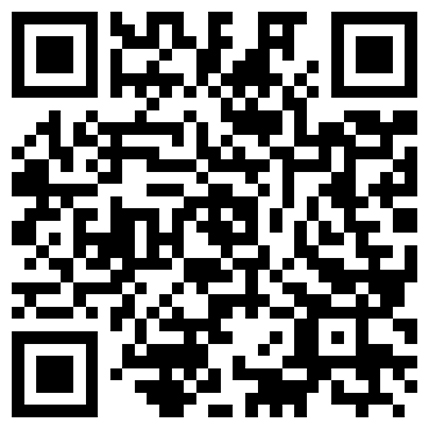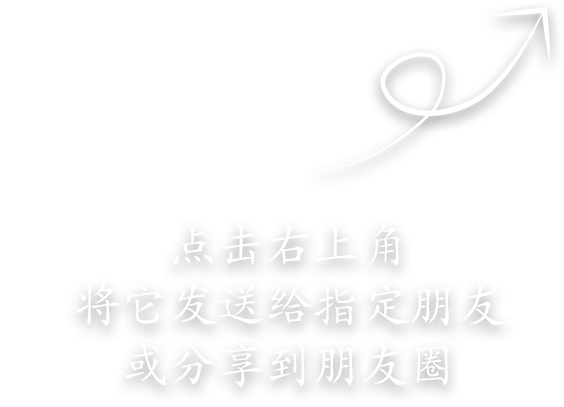-
Mobile version
Sweep with your mobile phone
- Member Center
Introduction to Canadian Institutions
University of Toronto
It is a famous public university in Canada, founded in 1827, and is one of the oldest universities in Canada. The school is located in Toronto, the most livable city in the world. It has 3 campuses, 300 undergraduate majors, and 32 libraries. The University of Toronto has a high level of scientific research, a large scale, strong faculty, high teaching quality, the latest teaching methods and advanced teaching materials, and world-class teaching equipment. It is recognized as one of the best universities in Canada with comprehensive strength and even ranks among the best in the world. With its size, prestige, and influence, the University of Toronto is attracting top students in Canada and around the world.
The university offers more than 600 bachelor's degrees, 148 master's degrees, and 95 doctoral degrees. Among them, mathematics, statistics, English language and literature, economics, business, biology, chemistry, accounting, computer science, architecture, engineering, psychology, law, finance, philosophy, medicine, etc. are particularly outstanding.
Undergraduate
College of Arts and Sciences: English, French, Linguistics, Humanities, Economics, Mathematics, Computer Science, Life Sciences, etc.
School of Social Sciences: Psychology, Anthropology, Sociology, etc.
School of Business: Statistics, Finance/Banking, Business Administration, etc.
Polytechnics: computer science, biological sciences, pre-med, pre-dentistry, architecture, etc.
Postgraduate
College of Arts and Sciences: Philosophy, History, Psychology, Economics, etc.
Faculty of Social Sciences: Economics, Sociology, etc.
The University of Toronto Business School: Business Administration, Finance, etc.
Medical School: Medicine, Dentistry, etc.
Institute of Science and Engineering: Physics, Computer Information Science, Life Science, Engineering and Applied Science, etc.
The University of Toronto has a world-class supercomputer system, dozens of other large and medium-sized computers, and hundreds of terminals. In addition to university computer centers, many colleges have their own computer centers. These computers share data, information, and software with other classification systems in Toronto, Canada, or North America. The university has an audio-visual teaching center, which provides services for teaching and scientific research, including personnel and equipment rental, venue audio-visual device layout, equipment including transportation, production and reproduction of audio-visual materials such as film and tape, and training in the use of audio-visual equipment.
How much has a collection of more than 19 million volumes, the fourth largest in North America and the largest academic library system in Canada? The University of Utah campus has complete living facilities, and there are more than ten student social dormitories, which can accommodate nearly 7,000 students. There are dozens of various restaurants, cafes, bars, post offices, bookstores, theaters, sports centers, music halls, and theater performance centers have been opened. In addition, more than 500 clubs of various types allow students to relax and participate in rich extracurricular activities after studying hard.
McMaster University
In the competition of Canada's top universities, McDalian is known as the most creative and innovative institution. This honor comes from its strong faculty, including the winner of the 1994 Nobel Prize in Physics and the 1997 Nobel Prize in Economics.
McMaster University has 6 colleges: the Faculty of Science, Faculty of Health Sciences, Faculty of Engineering, Faculty of Humanities, Faculty of Social Sciences, and Faculty of Business. The campus covers an area of 300 acres (1.2 square kilometers), located near the Westdale residential area, adjacent to the Royal Botanic Gardens (Royal Botanic Gardens, RBG) in Hamilton.
The research funding of McMaster University is very sufficient, and at least 76 million yuan is invested every year to ensure that the university has first-class laboratories, libraries and various modern language classrooms, music rehearsal halls, galleries and seminar rooms, national-level fitness center, and more. In addition, McGrady also has one of the few atomic reactors in North America, the archives of the famous philosopher Russell, part of Einstein's brain, and a world-class art gallery with works of famous art masters.
Centennial College
Canadian higher education is generally divided into universities, community colleges, technical colleges, or private vocational schools. There are currently nearly 90 universities in Canada, some of which use French teaching, some schools use French and English bilingual teaching, and most of the rest of the universities use English teaching.
Canadian universities generally adopt the credit system, which is beneficial for students to transfer departments or schools. After graduating from the university, students will receive a diploma and a bachelor's degree certificate. The latter are further divided into two categories: ordinary bachelor's degree and honors bachelor's degree. McLean's Magazine, the authoritative Canadian education evaluation, conducts a national university evaluation every year. The more famous universities in Canada include McGill University, University of Toronto, Queen's University, Columbia University, University of Western Ontario, etc. These institutions have medical schools and doctoral programs, and their discipline construction and scientific research strength are at the forefront.
Both undergraduate and graduate students require TOEFL scores or other English scores. The admission standard is generally 90 points in TOEFL for undergraduates, 6.5 or above in IELTS, and 100 points or above in TOEFL for graduate students. However, this grade is a requirement for basic entry qualifications and not for scholarships. the
University education: There are nearly 100 universities in the country, distributed in 10 provinces, all established by the government, and the number is still increasing.
University standards: Canadian universities maintain a uniformly high standard across the country, many of which are among the top 20 universities in the world. The Department of Medicine of McGill University and the Computer Science Engineering of the University of Waterloo are also the most famous in the world, and their specialties rank among the top ten in the world.
Degree Recognition: Canadian university degrees are widely recognized by governments around the world.
University tuition fees: Canadian universities receive high government subsidies, so their tuition fees are lower than those in other English-speaking countries.
University system: Canadian universities adopt the credit system. Students earn enough credits to graduate.
University of Saskatchewan
Founded in 1907, it is one of the most beautiful campuses in North America. The university is located in Saskatoon, Saskatchewan, on the prairies of central Canada. The province is an agricultural province with simple folk customs and a relatively low cost of living. With beautiful scenery and more than 100,000 lakes, the province is a famous tourist and leisure resort. Saskatoon has a climate with four distinct seasons, longer hours of sunshine, and shorter winters with lower temperatures.
The school is known for its rigorous style of study and high level of education. It has trained 2 Nobel Prize winners and 12 Robert Prize winners and trained a Canadian Prime Minister and a Canadian Governor. The university is very friendly to foreign students and can provide free airport pick-up, free oral training, and conditional double admission for undergraduates without TOEFL.
Advantages of choosing the University of Saskatoon: The University of Saskatoon provides students with flexible and diverse courses; the school accepts professional transfer credits from different countries; the school accepts major transfer credits from various colleges in Canada; Professional transfer credits; students can choose courses in other majors besides compulsory courses as elective courses; students can study in the second language learning center to meet the university's admission requirements; nearly 100 courses can obtain conditional admission approval.
Undergraduate Major Settings
Computer Class: Computer Science
Engineering: Electronic Engineering, Agricultural and Bioresource Engineering, Chemical Engineering, Civil Engineering, Mechanical Engineering, Engineering Physics
Business: Accounting, Finance, Industrial Relations and Organizational Behavior, Management, and Marketing
Other: Medicine, Agriculture, Education, Law, Biochemistry, Physics, Chemistry, Archaeology, Linguistics, Economics, Mathematics and Statistics, Pharmacy, Microbiology, Drama, Music, Art, and Art History, Fine Arts and Art History, Sociology, Philosophy, Psychology, Religion
Bachelor's Degree Program
Business Economics, Economics, Education
Educational Administration, Environmental Earth Sciences
Geography, Geological Engineering, Geological Sciences
Geophysics, Geophysical Engineering, History
Human Resource Management, Management, Marketing
Operations Management, Sociology, Women & Gender Studies, and more


